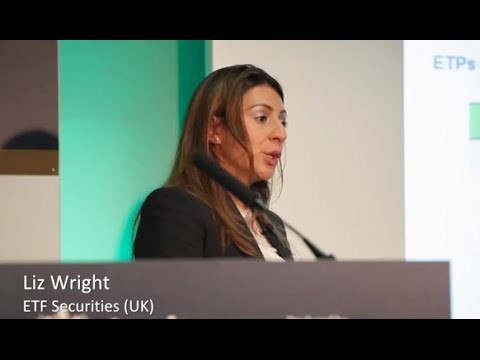Infrastructure ETFs a portfolio building block
Post on: 20 Апрель, 2015 No Comment

Photos View photos
I am not a seasonality guy, but every year at this time we can count on the financial media to exploit two seasonal events.
First there is the Santa Claus rally which, according to Wikipedia, is a rise in stock prices in the month of December, generally seen over the final week of trading prior to the new year.
The rally is generally attributed to anticipation of the January effect. Wikipedia then goes on to incorrectly describe the January effect to be: (The) tendency of the stock market to rise between New Year’s Eve and the end of the first week in January.
Sorry, Wikipedia, but the proper term is the January barometer (as January goes – so goes the year). The January effect actually refers to the tendency of small-cap stocks to outperform the larger-cap stocks through January.
The other seasonal event is the polling of experts for their market outlook and forecasts for the new year.
So far, I have not had any calls on the subject, but I will go out on a limb here and suggest a strategy that may insulate you somewhat from systematic risk, which is the market risk associated with equities.
I am referring to the dominant theme.
A dominant theme is usually associated with a long-term secular trend that tends to ignore the smaller boom-and-bust business cycle.
A secular trend is usually associated with innovation and the emergence of the next big thing, be it the age of steam, the railroads, the automobile, transatlantic air travel, the microprocessor or the Internet.
Investment-related dominant themes would be the Nifty Fifty, referring to popular large-cap stocks on the New York Stock Exchange in the 1960s and 1970s, the technology craze of the 1980s and the financial services, mutual funds and financial planning boom of the 1990s.
Of course, we must avoid false themes such as boomernomics, fuel cells and the stock exchange boom.
We are currently in an energy theme that had its origin in the late 1990s and could have legs through 2010.
This is a global phenomenon with the big loser being the auto manufacturers. Pile on the global financial crisis and North America is facing massive job losses in the manufacturing sector. This crisis has, in turn, federal, state and provincial governments reacting by stimulating their economies with spending on infrastructure.
Infrastructure is our new dominant theme and so investors should have some exposure to this asset class in their portfolios. This is where a good adviser comes into play because one can acquire a few infrastructure stocks or use an exchange traded fund.Some infrastructure ETFs are U.S.-listed iShares S&P Global Infrastructure ETF (IGF) and the SPDR FTSE Macquarie Global Infrastructure 100 ETF (GII) fund.
In Canada there is the Claymore Global Infrastructure ETF (CIF) that seeks to provide investment results that generally correspond to the performance of the MFC Global Infrastructure index.
The Claymore product is conveniently priced in Canadian dollars, but with 60 issuers it seems over-diversified, so I prefer to use a stock-picking strategy.
SNC-Lavalin Group Inc. (TSX-SNC) is a Canada-based company engaged in providing engineering, construction, and operations and maintenance expertise through its network of offices across Canada and in 35 other countries. SNC is also the third-largest component by weight in the Claymore ETF.
Our chart this week shows the daily close of SNC-Lavalin plotted above the daily closes of our own benchmark, the S&P/TSX index. I’ve identified the respective October lows with a short support line.














